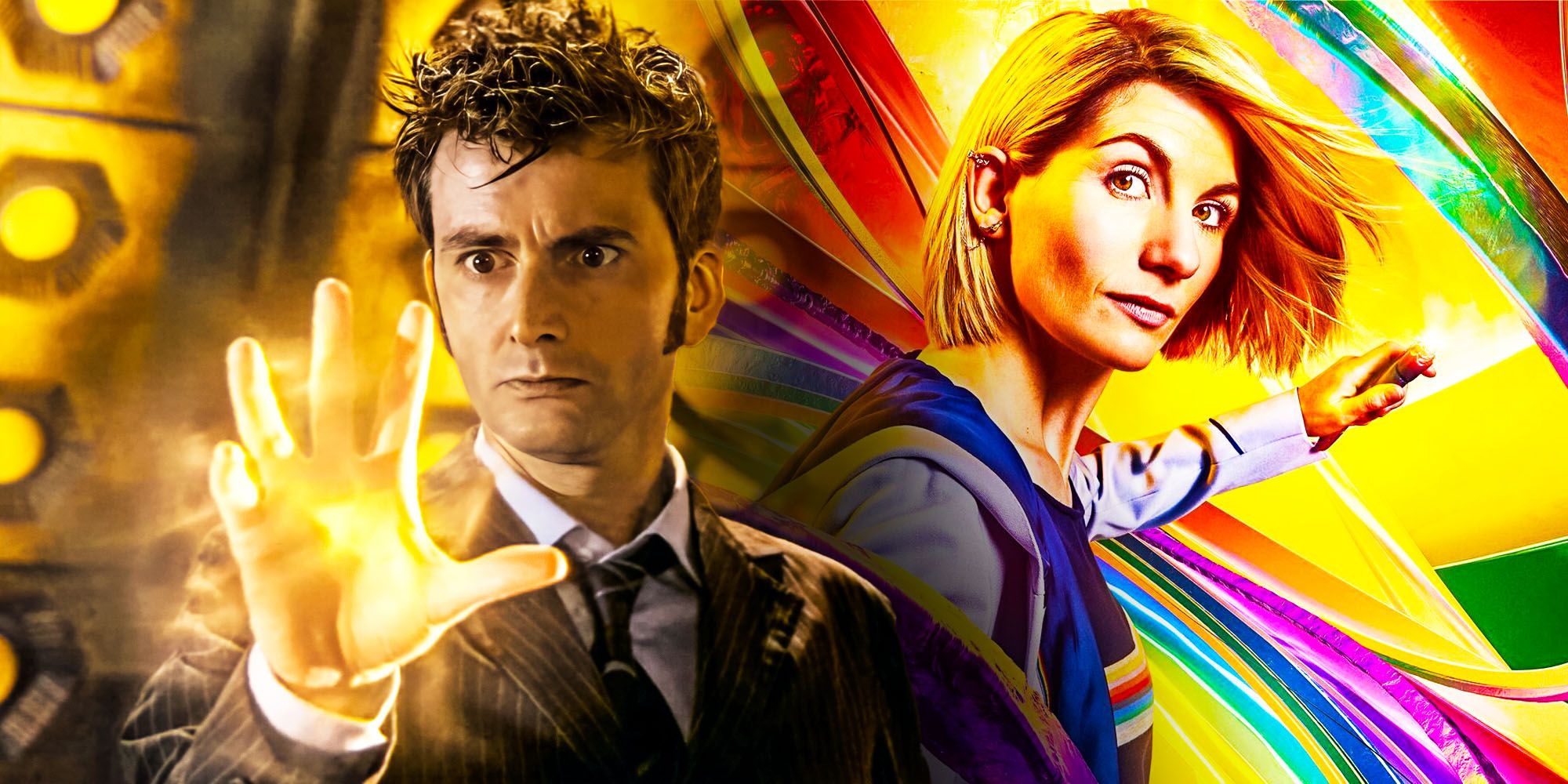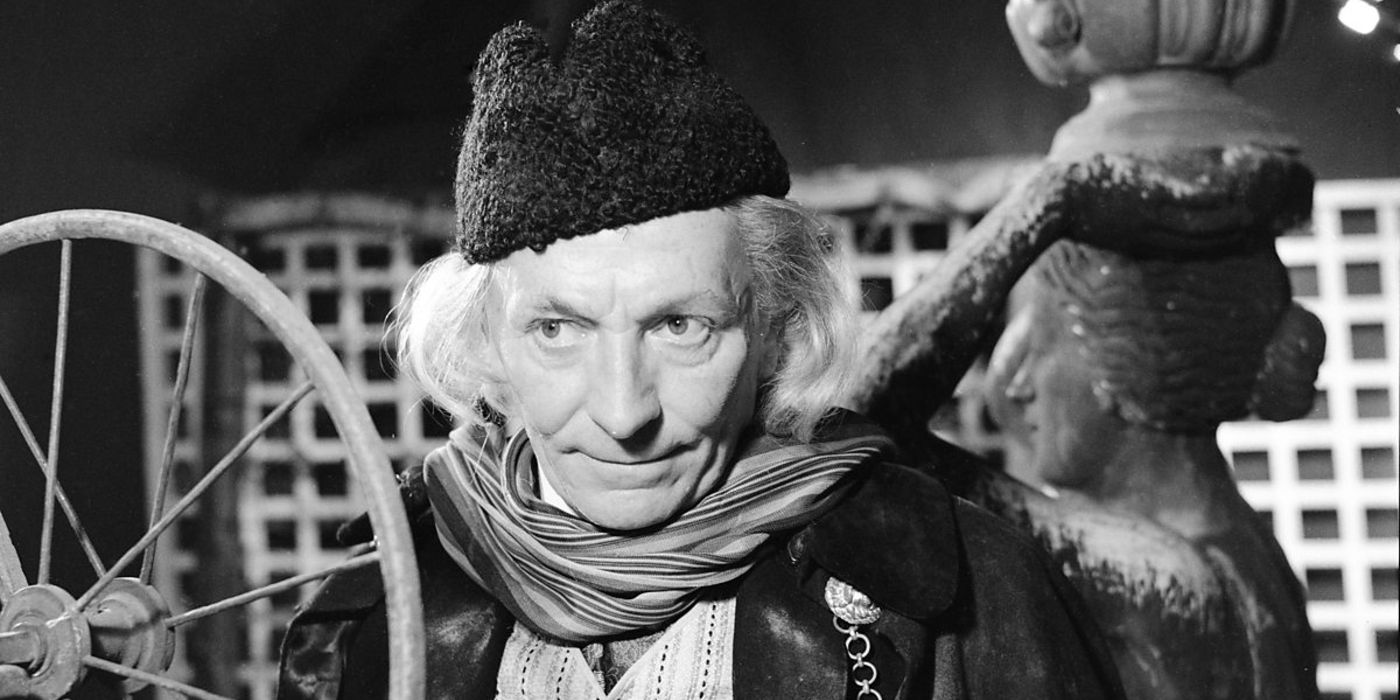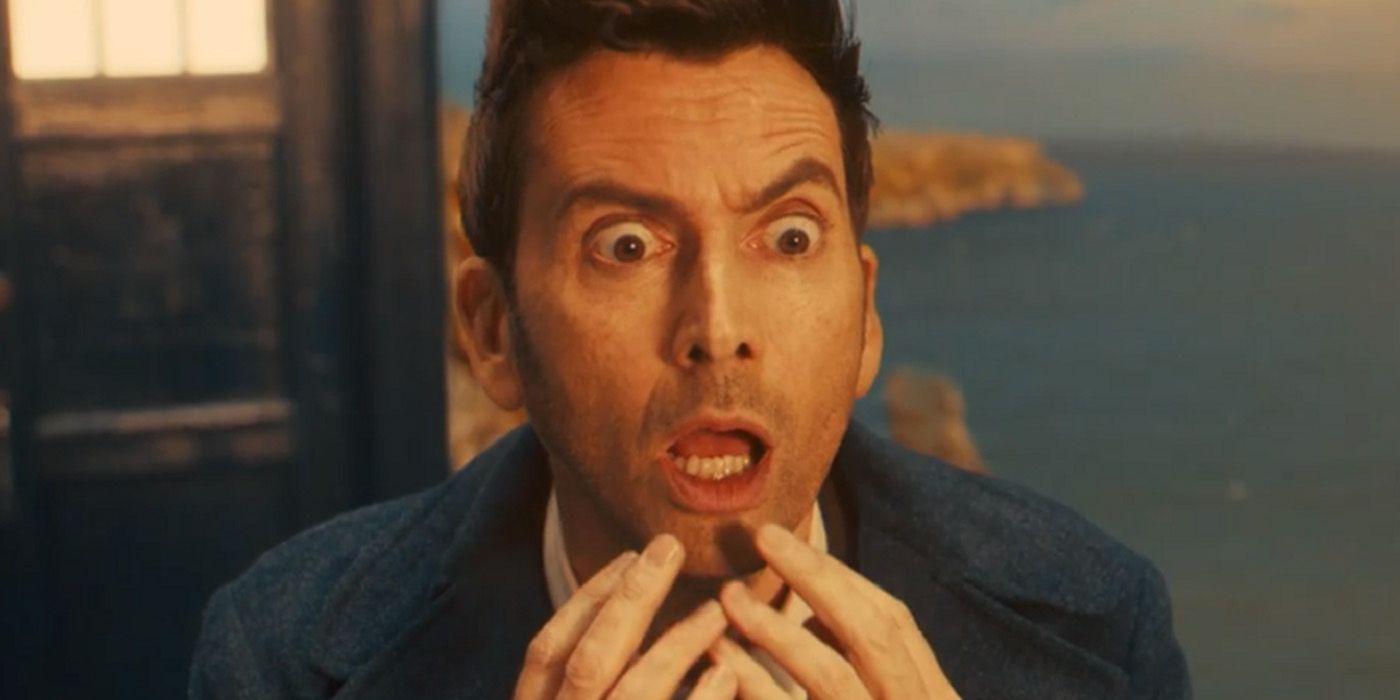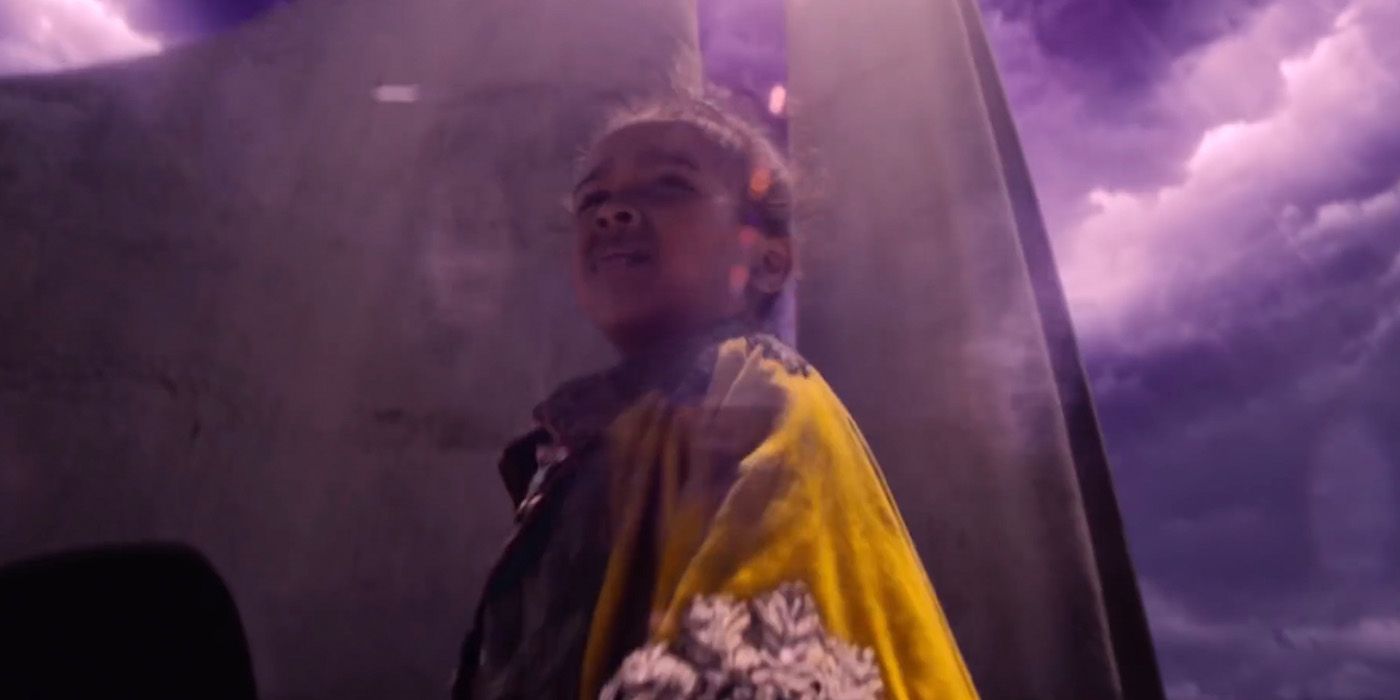Regeneration is one of the oldest and most enduring concepts in Doctor Who, but only because the BBC's blue box sci-fi series has absolutely no idea what regenerating actually is. Regeneration came to Doctor Who out of necessity in 1966. With William Hartnell due to step down from his starring role and the BBC keen to keep the TARDIS vworping on, an idea was born from the Doctor Who creative team to exploit the protagonist's alien biology by changing his appearance - a process that could happen over and over for as long as Doctor Who wished to continue.
Unlike Bessie or sonic sunglasses, regeneration stuck, and the Doctor's most recent renewal saw Jodie Whittaker's Thirteenth Doctor transform into David Tennant's Fourteenth during "The Power of the Doctor." Despite being in place for almost 60 years, however, Doctor Who still has absolutely no idea what regeneration is. Not only has the process never been clearly defined by Doctor Who TV canon, the rules and lore have morphed drastically through the eras. Whereas other perennial features - the TARDIS, Time Lords, the sonic screwdriver - are at least partially established, regeneration can still mean whatever Doctor Who needs it to. Fortunately, that ambiguity has routinely worked in the franchise's favor.
Doctor Who Has No Idea What Regeneration Is
From the very beginning, Doctor Who has shown a remarkable reluctance to provide any degree of clarity regarding regeneration. When William Hartnell regenerated into Patrick Troughton during "The Tenth Planet," the Second Doctor offered very little about what happened and why. Indeed, his one-line explanation used the term "renewal" and attributed the change to an ability of the TARDIS before swiftly moving on, with the word "regeneration" only entering franchise vernacular during the Third Doctor's farewell. Subsequent Doctor Who eras have constantly rewritten and remolded what regeneration actually means, usually in order to suit the purposes of the story being told at the given time.
The Second Doctor's regeneration put the Time Lords in charge, the Fourth's introduced a mysterious figure known as the Watcher, Six suffered the mother of all regeneration hangovers, and Paul McGann's Eighth Doctor proved regeneration could be controlled. The Twelfth Doctor's appearance confirmed the process was not entirely randomized, while Steven Moffat cemented the notion of Time Lords regenerating into different genders. More recently, the Doctor Who Timeless Child revelation proved regeneration is not native to Gallifrey, and only comes naturally to the Doctor. A regeneration limit was established in Tom Baker's era, then negated by the Time Lords handing out new cycles, then demolished completely by Chris Chibnall.
The chaotic history of Doctor Who regeneration is much more than just adding new mythology. Each time Doctor Who revisits regeneration, the understanding of Time Lord immortality is completely altered. For want of a better term, the rule book regenerates just as often as the Doctor. Some ideas linger, such as the 13-body limit, regeneration sickness, and switching genders; other elements fade into the background, like the role of the TARDIS and Tom Baker's Watcher. The gimmick of regeneration in Doctor Who may be older than most TV shows, but its true nature still leaves audiences as confounded and baffled as Ben and Polly were when the Second Doctor first appeared in 1966.
Why Regeneration Ambiguity Is Important For Doctor Who
Easy though it may be to condemn Doctor Who's regeneration flexibility as a flaw, the ambiguity behind how the Doctor cheats death has often proved integral for each era's storytelling. The Fourth Doctor's Watcher makes precious little sense compared to other regenerations, but Tom Baker's final episode felt more poignant because of it. A Time Lord's ability to partially control their own regeneration may have only been established during modern Doctor Who, but it allowed for an unforgettable cliffhanger when the Tenth Doctor avoided changing appearance by siphoning regeneration energy into his severed hand. Mercifully, Doctor Who regeneration rules are vague enough to let these stories happen.
Doctor Who's wibbly-wobbly idea of regeneration continues to reap benefits with the handover from Jodie Whittaker to David Tennant. While Doctor Who's Curator subtly hinted such a phenomenon was possible during "The Day of the Doctor," the Fourteenth Doctor marks the first occasion where a former regeneration has returned for another ride. If the history and nature of Time Lord regeneration in Doctor Who was more concrete, bringing back old Doctors would create a continuity headache, or risk coming across as a desperate cash-in. Because Doctor Who still has no clear idea of what regeneration actually means, however, Russell T. Davies gets away with his cheeky Fourteenth Doctor.
Approaching the Doctor Who 60th anniversary, the Time Lord's ability to shock and surprise has periodically come into question. David Tennant slipping back into his Converse and coat unequivocally proves the BBC's sci-fi cornerstone still has tricks up its sleeve, and Doctor Who's ongoing habit of using regeneration in all manner of wacky, nonsensical, not-quite-in-line-with-what-happened-before ways is the ace in its hole. If Doctor Who refuses to understand what regeneration means, neither can viewers, and that means anything goes - still.
The Timeless Child Means Doctor Who Must Explain Regeneration (Eventually)
The Doctor's days of regeneration remaining enigmatic may be numbered thanks to the shocking Timeless Child storyline. Doctor Who had previously used regeneration as a plot device, only weaving the process into proper storylines lightly. With the Timeless Child, Doctor Who has intrinsically tied regeneration to the Doctor's secret origin. Whatever the Doctor's home planet is, and whoever his death-defying people are, regeneration is key to that ongoing mystery. If Doctor Who season 14 eventually gets around to explaining its protagonist's true backstory, the topic will become unavoidable, and this new species could finally clarify the ambiguity surrounding the Doctor's anti-death trick more than the Time Lords ever did.
Happily, that moment is likely far, far ahead into Doctor Who's future. The final episodes of Chris Chibnall's era strangely avoided addressing the Timeless Child, and Russell T. Davies has offered no indication that he will continue exploring his predecessor's massive Time Lord retcon. Under RTD's guidance, Doctor Who may never finish pulling the thread Chibnall started, and retconning the retcon is also a distinct possibility if Doctor Who can figure out a means of reestablishing Gallifrey as the Doctor's true, original home.
Walking back on the Timeless Child would please the many voices who were critical of Chris Chibnall's game-changing gambit. More importantly, it would mean Doctor Who under RTD can remain blissfully ignorant to the finer details of regeneration, since the process would no longer tie the Doctor to some unspecified alien species he supposedly came from. Future Doctor Who writers can then continue exploiting the age-old regeneration gimmick in ways the writers who devised the concept in 1966 never could have imagined.




